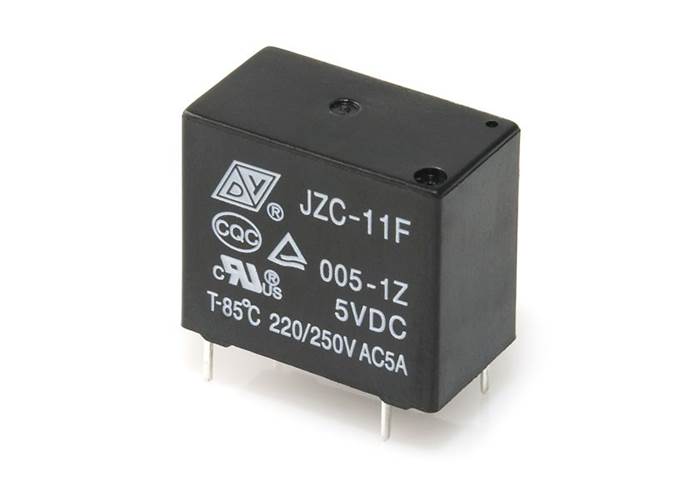Sunny55
Full Member level 3

Just wonder if i can use 5v to run a12v relay? Previously was using 13v and heard clicking sounds n relay does not work.
- - - Updated - - -
Circuit setup- converted 5v from 12v using 7805 reglulator and 5v into relay input points.
- - - Updated - - -
Circuit setup- converted 5v from 12v using 7805 reglulator and 5v into relay input points.





